A Seal-in circuit is a method of maintaining current flow after a momentary switch has been pressed and released.
What is Seal-in Circuit ?
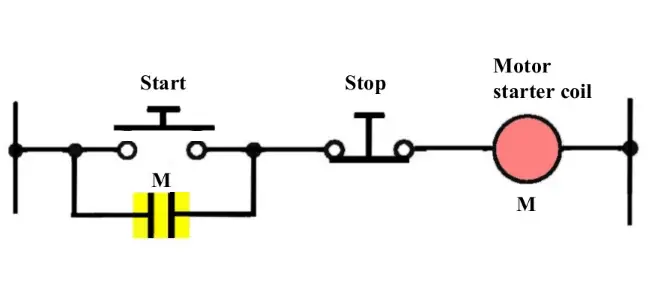
Fig 1 : Start button not pressed
Note : Consider a Relay is used to control the power supply to a motor. Here we are calling this relay as ” Motor Starter Coil “. This Relay another NO contact is used to seal-in or latch the start signal.
As start push button is a push & Release type i.e. signal will be available for some time say momentarily and then signal will be lost.
so we have to latch this circuit in order to make motor run continuously even after release of start push button.
For this purpose we are using Relay (M) NO contact across Start push button such that it will take care of start signal after start button is released.
The seal-in auxiliary contact (NO Contact) of the starter (M) is connected in parallel with the start button to keep the starter coil (M) energized when the start button released.
After Start Push button pressed : The Motor starter coil energized and its NO contact becomes NC as shown in below figure.

Fig 2 : Start button pressed
PLC Latching Animation
Start Button Not Pressed :
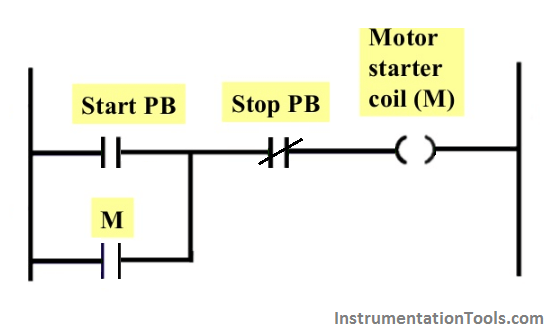
Start Button Pressed & Released :
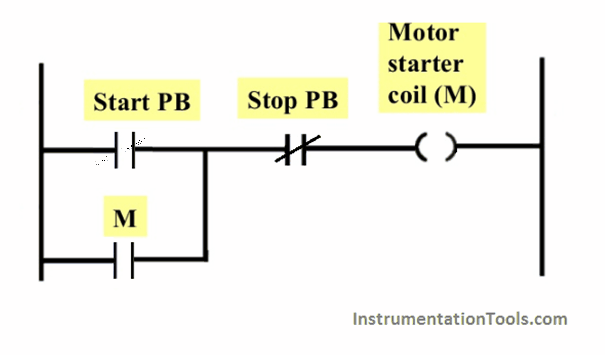
During Starting, Start push button will give the signal to energize the coil (M), after that coil NO contact which is connected across
Start Push button will be used to latch the start signal as start push button will be released after pressing ( start button are momentary type ).
Also see : Relay Schematic Animation
If you liked this article, then please subscribe to our YouTube Channel for PLC and SCADA video tutorials.
You can also follow us on Facebook and Twitter to receive daily updates.
Read Next:

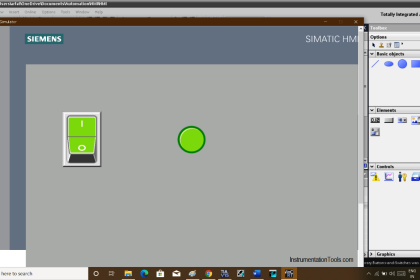

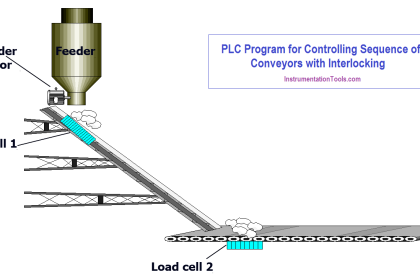
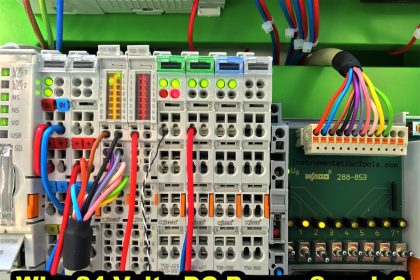
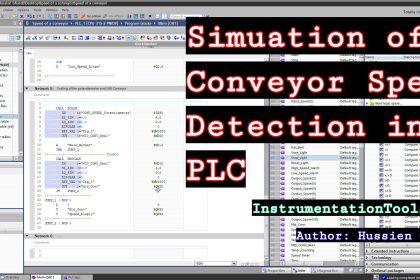
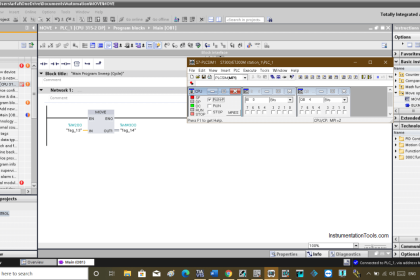
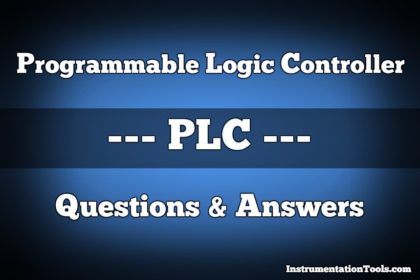




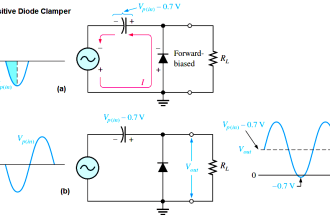

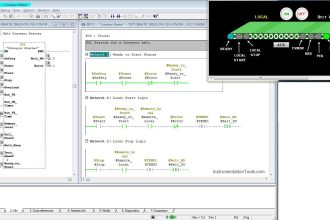
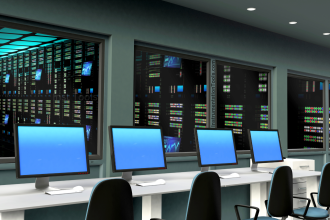

Hi, there is wrong placement of the stop button. The relay will remain latched even when you press the stop button.
I had the same thought